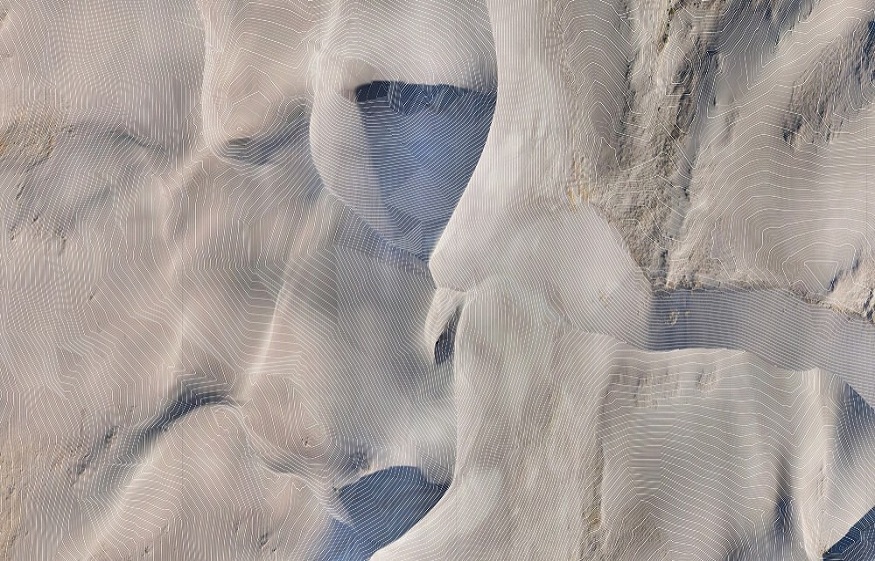The evolution of surveys over the past few years is amazing. What used to take many months to carry out a few years ago has been minimized to hours or days in the modern-day survey.
There are different kinds of methods that surveyors use. And in general, control survey data has several uses, including establishing a control point on construction job sites.
In order to understand how to control point surveys are used, you will have to know where GPS equipment is placed, your project’s foundation, and control points on mud & sand.
Where Control Points Need to Be Placed for GPS Equipment
There must be a minimum of around four points that surround the construction job site. In general, they should be placed on the ground in a drill hole, iron rod, pk nail, or a hub.
They need to surround the job site. If you are drawing a line from one point to another, ensure it is near the job site.
Plus, they should be placed in an open sky. This means you shouldn’t place CompassData ground control points under trees, high fences, and next to any tall building.
GPS usually communicates with radio signals and satellites. The kind of details contractors need to receive from their surveyor is Z, Y, and X coordinate information of the point. This is referred to as:
- Elevation
- Easting
- Northing of points
Foundation for Projects
A control point is essentially a physical point, which is permanent and solid in general. Any surveying project in which you might not know the position of something with precisions requires establishing a control point.
According to experts, control points are said to be geodetic when used to know a point’s position on earth. This is the so-called absolute position since, in principle, you will not require another point to know which place you should focus on. But in general, you will need to know what coordinate systems are.
In most cases, you don’t want to know where you are on earth as a whole. The study of relationships, like slope, angle, or distance, between the positions of objects, encompasses relative positioning.
It will also be worth noting that different kinds of control vary in durability and strength. They may range from concrete reference pillars on the site to a painted cross marked on the site’s ground.
Control Points on Mud and Sand
Mud and sand seabed come with a share of problems, and it might be hard to install any permanent points. The sand level may move up and down at a considerable amount, and mud can be very soft for you to securely hold control points.
The same steel bar diameter used on a rocky site works on mud and sand. Though a much longer length will be required.
Concluding Remarks!
Generally, control point surveys are used to establish sustainable as well as durable reference points, which are in turn used as the foundation for the lifecycle of a project. One important aspect that you need to note is that you need to develop both vertical and horizontal positions of those points to achieve whichever goal you have.

